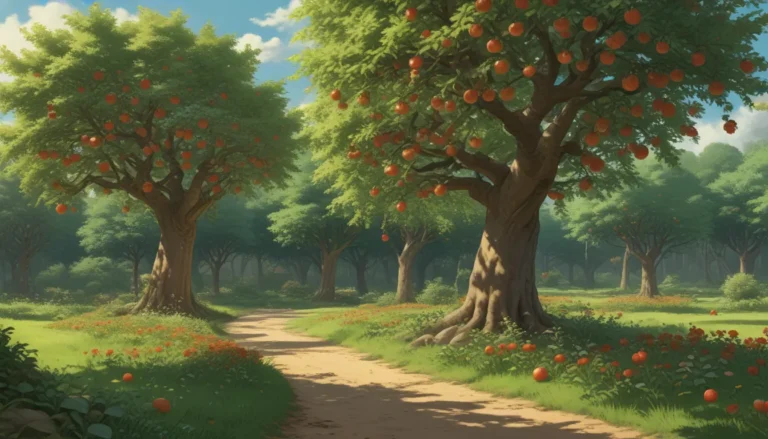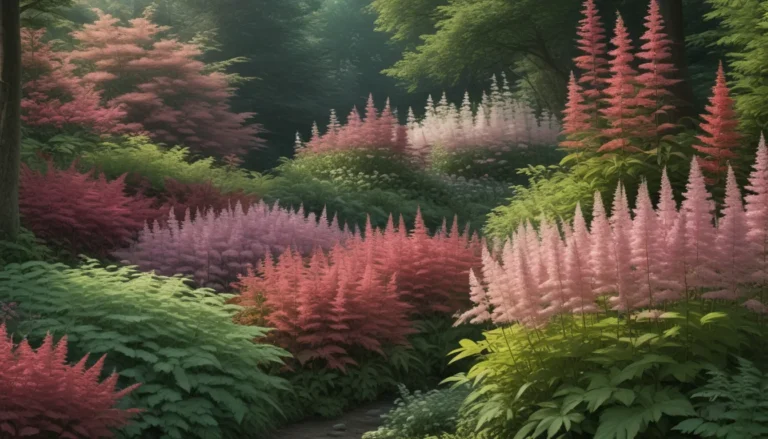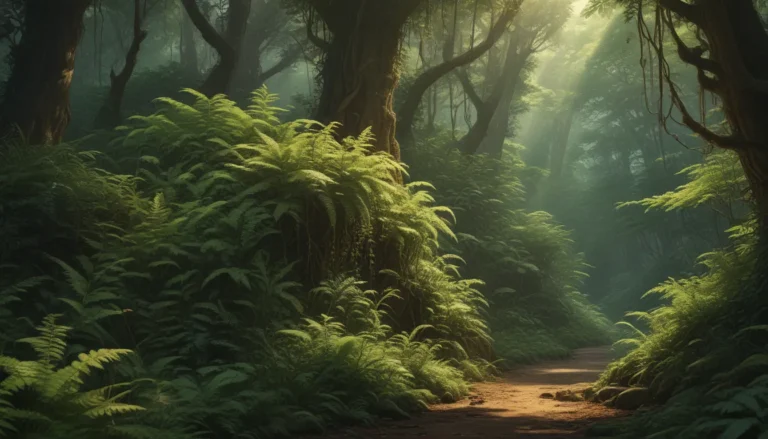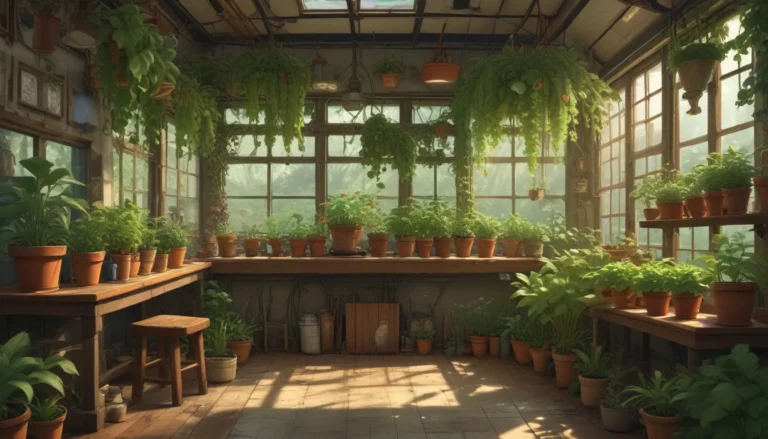21 Japanese Holly Varieties to Transform Your Garden
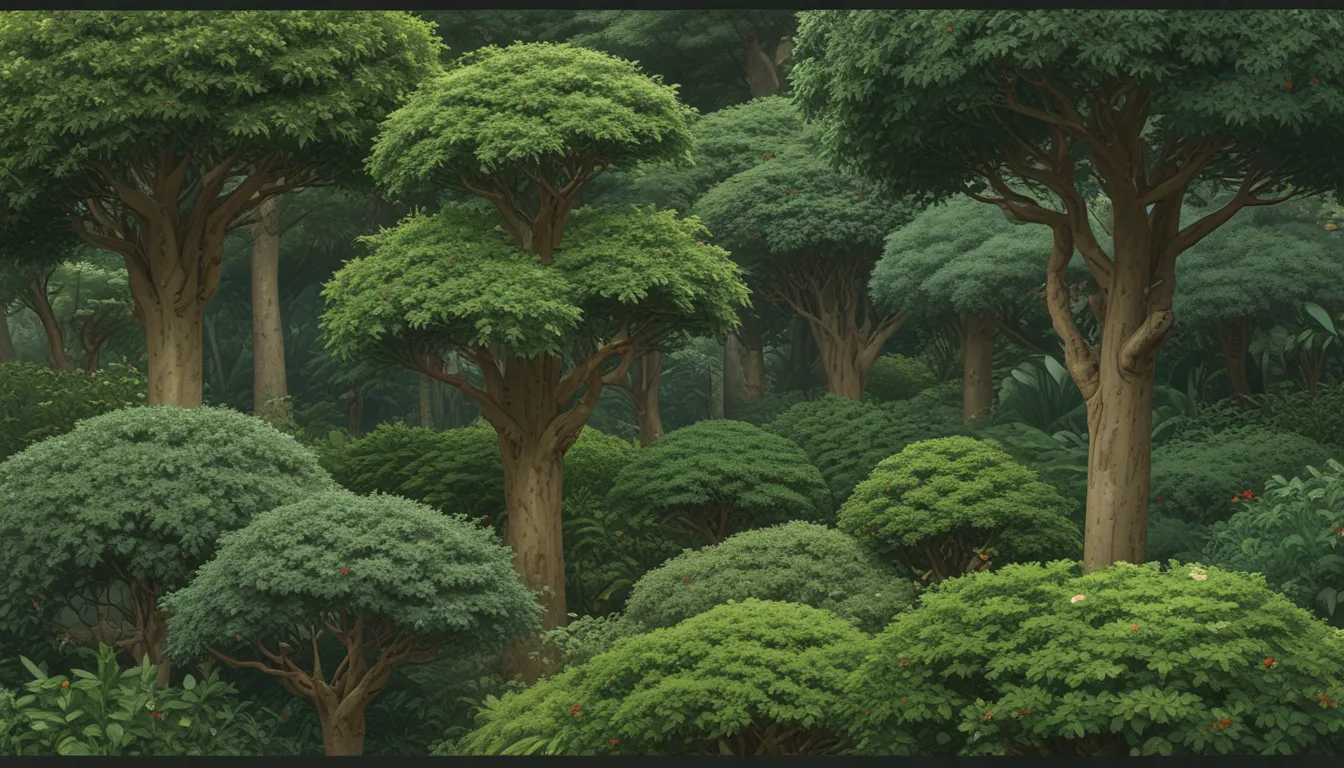
If you’re a lover of low-maintenance plants that add a touch of elegance to your garden, then Japanese hollies might just be your new best friend. These versatile shrubs come in a variety of shapes, sizes, and colors, making them the perfect choice for any garden.
Japanese Holly 101
Before we dive into the best Japanese holly cultivars to grow at home, let’s take a quick look at what makes these plants so special. Japanese holly, scientifically known as Ilex crenata, is native to Japan and parts of eastern Asia. Unlike traditional hollies with spiky leaves, Japanese holly has soft and pliable foliage, making it a safe choice for planting near patios and sidewalks.
This evergreen shrub thrives in USDA Hardiness Zones 5 to 9, tolerating a variety of soil types and light conditions. While some cultivars can reach heights of up to 20 feet, there are dwarf varieties available that stay compact and tidy without the need for extensive pruning.
21 Best Japanese Holly Varieties
- Brass Buckle
- Features bright yellow foliage on an 18-inch plant.
- Perfect for hot climates and resistant to sunburn.
-
A lovely, less common male dwarf cultivar.
-
Chubby Hubby
- Dark green foliage with a blackish hue.
- Cross between ‘Sky Pencil’ and an unknown male parent.
-
Strongly upright branches with a compact growth habit.
-
Compacta
- Ideal for small spaces, growing up to five feet tall and wide.
- An excellent substitute for boxwoods, requiring minimal pruning.
-
Available in a #3 container from Nature Hills Nursery.
-
Convexa
- Known for its striking, convex leaves.
- Typically grows up to eight feet tall and 10 feet wide.
-
Introduced in the US in 1919 by the Arnold Arboretum.
-
Drops of Gold
- Variegated golden yellow foliage resembling drops of water.
- Grows four feet tall and five feet wide.
-
Tolerant of shade but less adaptable to heavy clay soil.
-
Dwarf Pagoda
- Petite cultivar reaching only 18 inches in height.
- Dense growth habit with tiny leaves, perfect for containers.
-
Maintains a tidy mounding shape without pruning.
-
Geisha
- Features small leaves resembling String of Pearls.
- Bright yellow berries against dark green foliage.
-
A striking female cultivar worth seeking out.
-
Golden Gem
- Male cultivar with golden-yellow leaves.
- Unusual green flowers and a round growth habit.
-
Reaches two feet tall and wide, creating a unique contrast.
-
Helleri
- Dense, compact growth requiring little pruning.
- Dwarf size suitable for Zones 5 to 8.
-
Originated in Newport, Rhode Island in 1925.
-
Hetzii
- Female cultivar growing up to six feet tall.
- Introduced as a clone of ‘Convexa’ with larger leaves.
-
Suitable for Zones 6 to 9.
-
Hoogendorn
- Low-growing with a spreading habit.
- Reaches 24 inches tall and three feet wide.
-
Hardy in Zones 6 to 9, available in #3 containers.
-
Mariesii
- Compact pillar of dark green foliage.
- Grows up to 20 feet tall and six feet wide.
-
Features tiny leaves with a narrow band of white.
-
Patti O Box
- Dense, compact pyramid shape resembling a Christmas tree.
- Requires minimal pruning to maintain shape.
-
Ideal for low-maintenance landscaping in Zones 6 to 8.
-
Sky Box
- Shorter and wider version of ‘Sky Pencil.’
- Tolerant of pruning with a columnar shape.
-
Male cultivar with flat leaves in #3 containers.
-
Sky Pencil
- Upright, thin shape reaching eight feet in height.
- Perfect for hedges or statement specimens.
-
Female cultivar available in gallon-size containers.
-
Steeds
- Compact pyramid shape reaching eight feet tall.
- Deep, shiny, dark green leaves on a female cultivar.
-
Available in one- and three-gallon containers.
-
Snowflake
- Slow-growing female cultivar with creamy white foliage.
- Suitable for partial shade to avoid leaf scorching.
-
Grows up to six feet tall in 10 years.
-
Soft Touch
- Soft, velvety leaves devoid of spines.
- Silvery veins giving a shimmery appearance.
-
Available in #3 containers for a tactile garden experience.
-
Stokes
- Dwarf cultivar ideal for Zones 6b and above.
- Spreads up to four feet wide with glossy dark green leaves.
-
Elegant and open spreading habit suitable for hedges.
-
Straight & Narrow
- Dramatic pencil-like shape reaching eight feet tall.
- Columnar male cultivar perfect for narrow spaces.
-
Best for Zones 6 to 8, available from Nature Hills Nursery.
-
Touch of Gold
- Wider than tall with stunning golden-yellow leaves.
- Maintains a compact shape without pruning.
- Ideal for sunny locations above Zone 6.
Choosing Your Japanese Holly Variety
Japanese hollies are the perfect addition to any garden, offering a wide range of sizes, shapes, and colors to suit your landscape needs. Whether you’re looking for a compact shrub, a statement specimen, or a low-maintenance privacy screen, there’s a Japanese holly variety for you.
So, which cultivar caught your eye? Let us know in the comments which Japanese holly variety you choose for your garden and why it’s your favorite! And if you found this guide helpful, check out our articles on English Holly, American Holly Trees, and Winterberry Holly for more holly inspiration.
